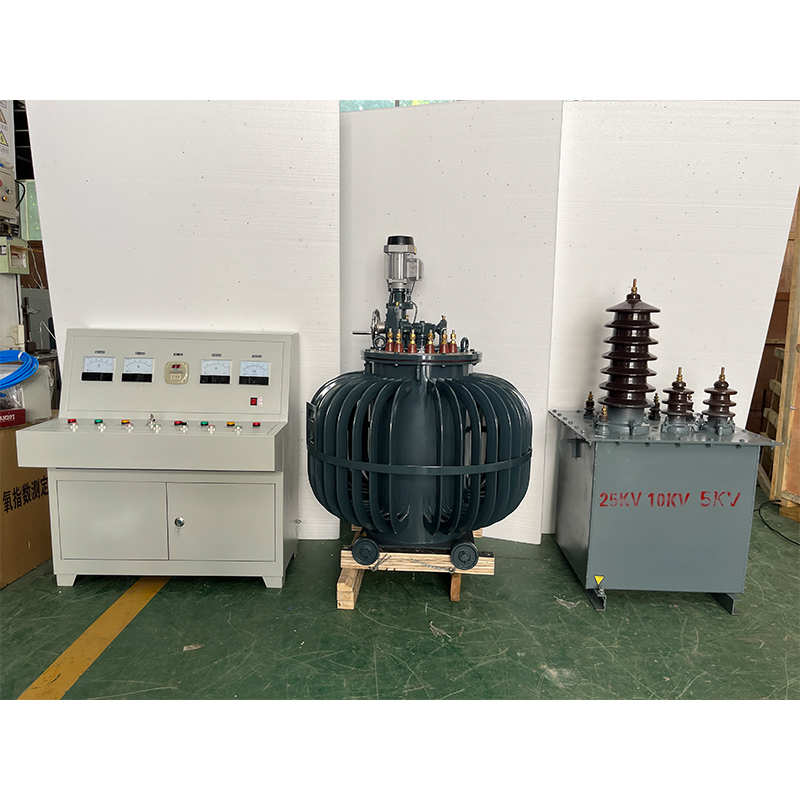custom fire resistance test equipment
Custom Fire Resistance Test Equipment Ensuring Safety and Compliance
In today's world, fire safety and resistance are of paramount importance in construction, manufacturing, and various industries. As buildings and materials become more complex, the need for effective and efficient fire resistance testing has grown significantly. Custom fire resistance test equipment plays a vital role in this process, enabling manufacturers and regulatory bodies to assess the fire performance of their products accurately.
The Importance of Fire Resistance Testing
Fire resistance testing is critical for determining how materials and assemblies will perform when exposed to fire. Building codes and safety regulations mandate that certain products meet specific fire safety standards. These tests help predict how materials will react in real-life fire scenarios, assessing factors such as flame spread, smoke development, and structural integrity under heat.
Custom fire resistance test equipment allows for a more tailored approach to these assessments. Standard testing methods may not encompass all scenarios, especially for unique materials or innovative designs. Custom equipment can be designed to simulate specific conditions, such as varying heat sources, time durations, and real-world environmental factors, ensuring that a product undergoes rigorous evaluation.
Components of Custom Fire Resistance Test Equipment
Custom fire resistance test equipment can vary widely, depending on the requirements of the products being tested
. However, several critical components are commonly found in most setups1. Heat Source Simulation To replicate the conditions of a real fire, custom equipment often includes powerful heat sources, such as gas or electric burners. These units provide a controlled and measurable way to apply heat to the test specimens.
2. Measurement Instruments To evaluate fire resistance, various sensors and measurement devices are integrated into the testing apparatus. Thermocouples, heat flux transducers, and smoke detectors monitor temperature changes, heat transfer, and combustible gas emissions during the test.
custom fire resistance test equipment

3. Test Chambers A well-designed test chamber is crucial for controlling the test environment. It should be insulated and safe, allowing for the containment of heat and gases produced during the testing process. Chambers can be customized to accommodate different sizes and types of materials.
4. Data Acquisition Systems Modern testing equipment often employs sophisticated data acquisition systems to capture and analyze the test data in real-time. This information can be invaluable for making adjustments to materials or designs, ensuring compliance with safety standards.
5. Control Systems To ensure precision and repeatability, custom test equipment is outfitted with advanced control systems. These systems can automate the testing process and regulate various parameters, such as temperature and pressure, to replicate exact fire conditions.
Customization for Diverse Applications
The primary advantage of custom fire resistance test equipment lies in its adaptability. Industries such as construction, automotive, aerospace, and textiles have unique fire resistance requirements, and off-the-shelf solutions may not suffice. Custom equipment can be tailored to meet the specific needs of each sector, ensuring that all variables are considered and thoroughly tested.
For instance, testing materials used in building facades may differ significantly from testing those used in protective clothing or automotive components. A custom approach allows manufacturers to simulate specific fire scenarios relevant to their products, leading to improved safety profiles and performance standards.
Future of Fire Resistance Testing
As technology evolves, so too will fire resistance testing methods. The integration of advanced analytics, machine learning, and real-time monitoring can enhance the effectiveness of custom fire resistance test equipment. These technologies will not only improve the accuracy of test results but also streamline the testing process, making it more cost-effective for manufacturers while maintaining high safety standards.
Custom fire resistance test equipment is an essential aspect of ensuring that products meet stringent fire safety regulations. By providing tailored testing solutions, manufacturers and regulatory bodies can ensure the development of safer materials and structures, ultimately protecting lives and property from the devastating effects of fire. Investing in custom fire resistance test equipment is not just about compliance; it is a commitment to prioritizing safety and innovation in a rapidly evolving industry.
-
Why the Conductor Resistance Constant Temperature Measurement Machine Redefines Precision
NewsJun.20,2025
-
Reliable Testing Starts Here: Why the High Insulation Resistance Measuring Instrument Is a Must-Have
NewsJun.20,2025
-
Flexible Cable Flexing Test Equipment: The Precision Standard for Cable Durability and Performance Testing
NewsJun.20,2025
-
Digital Measurement Projector: Precision Visualization for Modern Manufacturing
NewsJun.20,2025
-
Computer Control Electronic Tensile Tester: Precision and Power for the Modern Metal Industry
NewsJun.20,2025
-
Cable Spark Tester: Your Ultimate Insulation Assurance for Wire and Cable Testing
NewsJun.20,2025
 Copyright © 2025 Hebei Fangyuan Instrument & Equipment Co.,Ltd. All Rights Reserved. Sitemap | Privacy Policy
Copyright © 2025 Hebei Fangyuan Instrument & Equipment Co.,Ltd. All Rights Reserved. Sitemap | Privacy Policy
